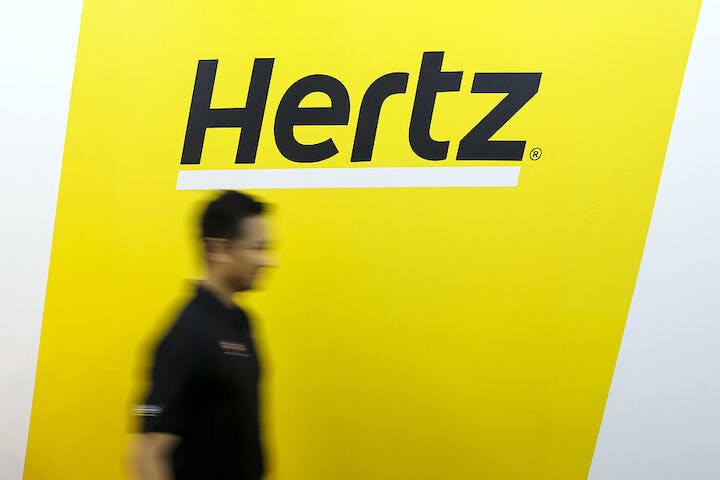When it comes to describing what employers are trying to get out of their staff, perhaps the phrase ‘trying to get a quart into a pint glass’ needs to be inverted.
In the face of falling productivity and disengagement, employers are literally pushing their staff like never before, and are seeking, for want of a better phrase, ‘to get a quart out of a pint glass’.
Data proves this. Only last month a UN report from the International Labour Organization found that Americans work more hours per year than six other nations studied – Australia, the U.K., Sweden, Belgium, France and Germany. Clocking in an average of 1,750 hours per year, this is around 400 more than most other developed countries.
But as we all know, trying to get more and more from the same vessel becomes impossible after a while. Employees only have so-much capacity to do more. And, as many commentators will agree, it’s not hours-in that often count, but outputs produced that should really matter. Applying this mantra more fully, it’s often the case that more tends to get done the fewer hours staff work – mainly because staff are less burned out.
It’s this ‘less can be more’ approach that L&D professionals have long espoused.
Their ‘don’t make staff work longer; make staff work smarter’ mentality sees up-skilling as the answer to achieving more output, and greater productivity.
This is also the mentality Hertz follows. Last year it partnered with Coursera to help it dramatically overhaul its learning strategy. The aim? To up-skill staff and equip them with more up-to-date skills – but do so without burning them out.
The project has been a tremendous success. Up to November last year, the partnership has created 159 new skills assessment modules; has activated 774 unique employee learners to take these skills assessments, and through this, has seen staff enroll onto 482 unique courses.
So how has it all happened? TLNT decided to talk to Hertz to find out:
Q: How would you characterize your L&D training prior to partnering with Coursera?
A: Historically, our learning and development training has tended to comprise an array of online learning modules, as well as instructor-led webinars and training sessions, tailored specifically to skills we believe will been needed for success ‘today’. Our training library allowed us to offer online learning modules based on topics for professional and skill development. With this new partnership, we have been excited by the prospect of expanding our learning opportunities even further. In short, not only do we want to help our employees grow in their roles today, but we want to help them develop the skills they need for success ‘tomorrow’.
Q: Did you feel like you needed a proper review of where you were, to determine the skills you anticipated needing more of in the future?
A: Yes. Our goal is always to provide employee experiences and tools to help our people succeed. But through our efforts to stay current with the learning topics most needed for our employees, we identified Coursera as a platform that would best fit our needs and enhance our employee learning experience. After researching the platform and gathering feedback, we have been excited to launch Coursera for its large array of courses, and its ability to award university-accredited certifications in industry-vetted disciplines.
Q: How did you appraise what training content you needed, and what did this analysis tell you?
A: The decision to offer the learning platform to our employees was made through collaboration with multiple Hertz function leaders. An analysis of each department’s training and up-skill needs was conducted to determine what courses were essential for the launch.
Q: Did you co-create courses, develop bespoke content, or adapt what was already on offer?
A: We used its features – such as catalogs and skillsets – to customize content based on employee department categories within the organization. Additionally, we met with department stakeholders and sourced their input on what content they would like to see included on their team pages.
Q: What have you ended up creating?
A: We have created 12 customized department team pages within Coursera that offer pre-vetted content and learning offerings employees are encouraged to use as learning sources.
Q: When did you start working with Coursera?
A: Content was offered to the majority of the Hertz employee population from May 2022. We notified employees of the new learning resource platform through our internal communication channels and offered training to help employees navigate the site and offerings. Department and operational leaders throughout the organization were sourced to advocate for employee utilization and engagement.
Q: Can employees access it without any manager sign-off?
A: Yes.
Q: What’s been the reception to it?
A: Employees have expressed their excitement around having access to the platform and they regularly share their course and project completions/ achievements with leaders, peers, and learning partners and through social media such as LinkedIn.
Q: What are some highlights of its usage so far?
Q: Up till November, we recorded a total of 2,881 enrollments; creating14,924 total learning hours. Learner feedback ratings are currently at 4.6 out of 5. Leadership and Management/Business and Operations courses are our top courses utilized followed by those around Computer/Data Science. We’ve found that the average user spends 8 to 20 hours learning a new skill.
Q: Where do you feel this has brought your employee skills base to?
A: We are pleased to see the level of engagement and interest in the platform from our employees. Given the timeline of the initial launch, it is too soon to determine the impact on the skill set, but based on feedback and engagement, we are optimistic about its results when we come to review annual metrics.
